The Search for Truth Inside Chile’s Infamous Mass Grave
Exhumation of Patio 29 in Santiago finally promised answers, but botched DNA testing left the families of victims reeling.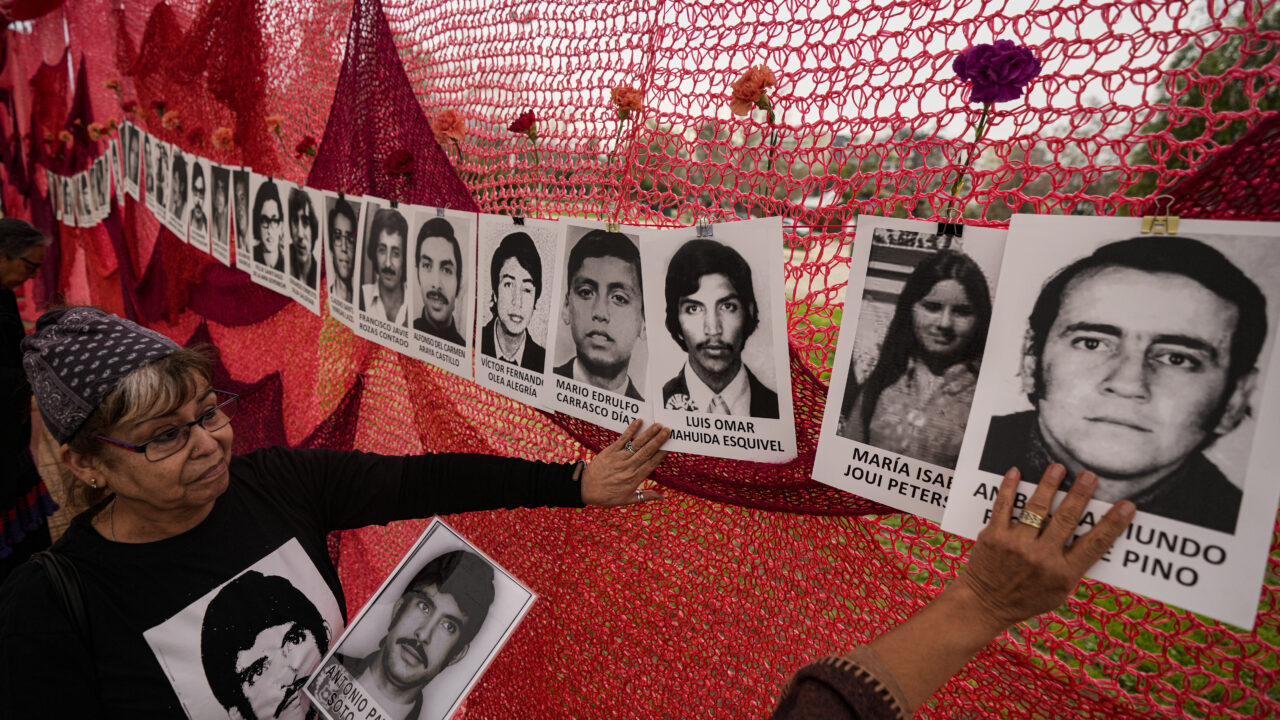 Rosalia Soto wears a T-shirt with a portrait of her brother Antonio Soto, who was detained and disappeared during the regime of Gen. Augusto Pinochet, as she touches a photo of another disappeared person during a ceremony in Santiago, Thursday, Sept. 7, 2023. (AP Photo/Esteban Felix)
Rosalia Soto wears a T-shirt with a portrait of her brother Antonio Soto, who was detained and disappeared during the regime of Gen. Augusto Pinochet, as she touches a photo of another disappeared person during a ceremony in Santiago, Thursday, Sept. 7, 2023. (AP Photo/Esteban Felix)
In April 2006, Judge Carlos Gajardo called families who had searched for decades for their missing loved ones to a meeting in his downtown Santiago office. Over the past few years, he had been leading the investigation into Patio 29, a mass grave discovered in the city’s General Cemetery containing the remains of dozens of victims who were disappeared and executed during General Augusto Pinochet’s dictatorship. But troubling rumors had emerged about issues with the identification of the remains. During the meeting, Judge Gajardo delivered devastating news: a significant number of bodies exhumed from the mass grave in 1991 had been mistakenly identified and later handed over to the wrong families.
During the meeting, representatives from Chile’s Legal Medical Service (SML), the state institution responsible for identifications, presented their findings from an internal probe and DNA testing: 48 out of 96 remains had been misidentified. “Following our presentation, there was a profound silence and then a constant murmur; conversation became impossible,” recalled one SML staff member. “It was simply harrowing.”
Like many other relatives of victims, Ágave Díaz could not believe the news. Her husband, Fernando Olivares, was listed among the 48 misidentified persons. Fernando had worked for the UN Economic Commission for Latin America and the Caribbean when dictatorship forces arrested and disappeared him in October 1973. When the SML identified Fernando among the Patio 29 remains in 1998, Ágave and her family felt a glimmer of hope: finally, they had a chance to hold a funeral and find some closure after years of searching and demanding justice. A short documentary about the identification process, Fernando ha vuelto (Fernando Is Back), directed by Silvio Caiozzi, had captured SML workers telling Ágave they were 100 percent certain that the body belonged to her husband, followed by a scene of an emotional encounter between the family and Fernando’s remains.
A significant number of bodies exhumed from the mass grave in 1991 had been mistakenly identified and later handed over to the wrong families.
“We don’t know how to react,” Fernando’s brother Miguel told the Chilean newspaper La Nación after the family received the news about the misidentification. “It is all so unreal that not even the best of filmmakers could have come up with something like this. There’s so much uncertainty now.” The pain was so overwhelming that the family chose to shield Fernando’s mother from the information, fearing it would certainly retraumatize her.
The discovery of the misidentifications created a complex political conundrum and a severe moral dilemma that haunt the victims’ relatives to this day. Although this story echoes others of disappearance across the region, it carries an additional burden. Many families, like that of Fernando Olivares, experienced the Patio 29 case as a “double disappearance.” Even after the initial pain and consequences of state repression and human rights violations during the dictatorship, state negligence surrounding Patio 29 in the decades that followed compounded and prolonged families’ suffering. As the current government launches renewed search efforts, the relatives of victims remain wounded, distrustful, and skeptical.
A New Democracy and a National Scandal
In Chile, as in most of Latin America, forced disappearance became the ultimate expression of state repression. Enforced by the military junta, disappearance rested upon a complex repressive system that involved clandestine torture centers, executions, and the disposal or destructions of victims’ bodies. The military and secret police—institutions that concentrated most political, social, and military power—sustained and strengthened their disappearance networks over the years, terrorizing the population while operating with blatant impunity. Discarding the bodies was at the heart of this repressive system, and the dictatorship followed two main strategies for doing so: throwing bodies into the Pacific Ocean and burying them in mass graves.
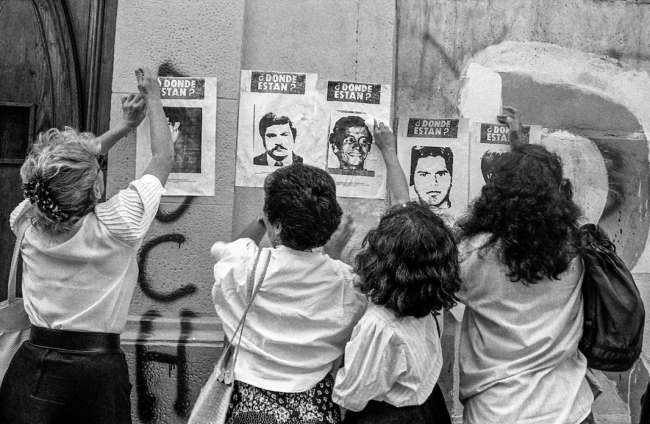
During the initial months after the 1973 coup, the military instilled terror by leaving victims’ bodies in public spaces around Santiago before collecting them to be buried in the General Cemetery. The plots were marked “NN,” ningún nombre or no name, even if the victim’s identity was confirmed. The families were not notified. Gravediggers and Patio 29 keepers remember military trucks arriving at least twice a day loaded with bodies and coffins, a scene that recurred until December of that year, when the lot reached its limit.
Victims’ relatives suspected the military was using the General Cemetery for this purpose, but they couldn’t interfere as long as Chile remained under the dictatorship. In 1991, with the promising advent of democracy, Vicaría de la Solidaridad, one of the country’s most important human rights organizations, filed a criminal complaint demanding an inspection and professional exhumation of the graves.
The exhumation process took place in September that same year. They found that most of the Patio 29 bodies rested in individual coffins without covers, although in some cases two or three skeletons shared one casket. Every tomb was marked with a single metallic cross with the NN inscription. After each exhumation, the experts collected, classified, and tagged the remains in individual bags and transported them to the SML lab. In total, they exhumed 107 graves containing 126 bodies.
As early as 1994, two forensic anthropologists wrote a report that expressed serious mistrust in the results and questioned the science and secrecy behind them, but their concerns were quickly dismissed.
During two weeks of exhumations, Patio 29 became a national spectacle. Each day, La Nación published a summary with headlines announcing “skeletons covered in barbed wire” or “dismembered bodies” among the cruelties unearthed. The political discussion about human right abuses got particularly intense after former dictator Pinochet weighed in. When asked in an interview about the fact that two or three bodies often shared a single tomb in Patio 29, Pinochet replied: “What great savings!” Human rights organizations quickly repudiated and rejected his words.
However, with exhumations finished, media interest in Patio 29 declined, and the event became a private matter between the courts, SML, and the victims’ families. Between 1993 and 2002, SML identified 96 victims exhumed from Patio 29, concluding that most of them belonged to one of two groups: a team of Salvador Allende’s bodyguards and a group of political activists and peasants kidnapped from Paine, a rural southern district of Santiago’s Metropolitan Region. With the delivery of bodies to the victims’ families going smoothly, the Patio 29 case ceased to be a national priority, and the democratic post-dictatorship governments set their sights on putting an end to a painful and uncomfortable chapter of the country’s history.
Behind closed doors, however, the SML identification process was contested and conflictive. Several situations raised questions. As early as 1994, two forensic anthropologists wrote a report that expressed serious mistrust in the results and questioned the science and secrecy behind them, but their concerns were quickly dismissed. Later, in 1995, five reports from Glasgow University, where researchers had access to samples of the remains, directly challenged some of Patio 29 identities. They concluded that at least three identifications were wrong—and these were victims who had already been delivered to their supposed families. Instead of presenting the Glasgow reports to the courts and informing the families, SML discredited and hid the findings. According to one SML staff person, rumor had it that the SML director kept the reports concealed inside the safe in his office for years.
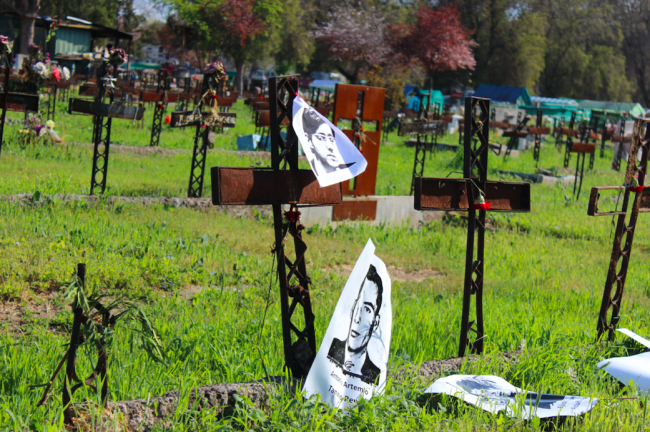
Despite SML’s efforts, the issue couldn’t stay hidden forever. In 2002, lawyer Pamela Pereira wrote a letter to the prosecutor in charge of the Patio 29 case expressing concern about rumors of a so-called “Glasgow report.” In 2005, an investigation into the disappearance of victims from Paine also sparked serious doubts about the identities of those remains.
Also in 2005, a new judge assigned to the Patio 29 criminal investigation began to systematize and centralize the available information. Once aware of the possible mistakes, the judge ordered the re-exhumation of 80 remains and sent bone and blood samples to a DNA lab at the University of North Texas. They completed the analysis in 2006 with devastating results: SML had misidentified 48 remains, and in four cases it was inconclusive. The courts informed the affected families and the press, sparking a political and personal scandal.
The families had to grapple with the fact that they had mourned with the wrong remains. “We searched for him for 25 years without knowing where to leave him a flower,” Fernando Olivares’s brother, Miguel, told La Tercera at the time. “We buried him on April 22, 1998, and now we have to come to terms with the idea that this disappeared person we had found has disappeared again.”
The Struggle for the “Whole Truth”
What went wrong with the Patio 29 identifications? Over the years, there have been several explanations: young and inexperienced scientists, a lack of objectivity, scarcity of resources, deficient techniques, and the absence of certified DNA lab in the country. But beyond debates about the reliability of SML’s scientific techniques, the profound impact this scandal had on the already traumatized families highlights the social consequences of both disappearance and reappearance.
“We buried him on April 22, 1998, and now we have to come to terms with the idea that this disappeared person we had found has disappeared again.”
Like Fernando Olivares’s family, the relatives of Patricio Duque experienced similar sorrow when they saw his name on the list of misidentified victims. The SML had identified Duque’s body in 1994 and returned it to his wife, Rebeca Escobedo, who decided to hold a public funeral in Paine’s cemetery, where the remains rested for 11 years. But in 2006, the University of North Texas lab established the body given to Escobedo actually belonged to José Vidal, another victim of the Paine crew. The family had to return the remains. Duque is still missing, going back to the status of “detained and disappeared.”
“We have been destroyed three times: in 1973, in 1994, and now in 2006. When will this stop?” Escobedo told the press at the time. “Can you imagine how I felt when they told me his remains could be in Patio 29?… 33 years I’ve waited for him to walk through the door. We organized a beautiful funeral; it was full of people. And now they tell me he wasn’t my husband and I brought home the wrong cadaver!?” Duque’s family was the first one to sue the Chilean state for damages over the scandal and receive monetary compensation. The 2013 court ruling on the case highlights the seriousness of the mistakes and particularly the “frankly malicious attitude of the authorities.”
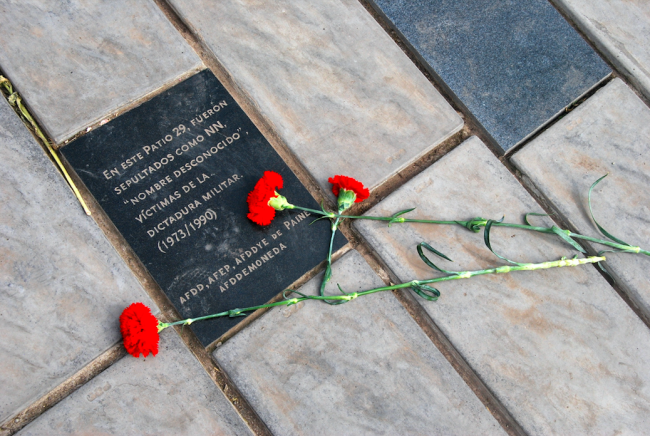
What the Duque and Olivares families experienced is exemplary of what many of the relatives of the other 46 victims also describe. For them, the identification mistakes reactivated profound feelings of frustration, deception, and anger, similar to the ones they felt during the dictatorship—a “second disappearance,” as many often refer to this new traumatic experience. “This is the worst that could have happened to us… we are reliving the pain again… our relatives have disappeared again” said a representative of the Group of Relatives of Detained and Disappeared. The worst part “is when you must return the body,” the sister of one victim declared. “When that happens, you feel like someone is shooting at you.” The wife of another victim described the experience as a “horrible” ordeal. “Today, after all the scandal, I’m not single, I’m not a widow either, I’m nothing,” she said. “I have a death certificate, but it’s not valid anymore.”
“When will this torture end? Because it’s torture. What they have been doing to us all these years, is torture.”
This constant and continuous frustration is directed against the SML in particular and the state in general. The victims’ relatives have lost trust in the government and institutions, and they connect the experiences of dictatorship-era violence with the scandal that followed in the 1990s and 2000s: for them, there is no significant difference between the first and second disappearance. Several families understood the problem of SML’s inexperience and lack of resources, but they couldn’t accept the negligence and secrecy. “They deceived us, like a child that you give a candy or a cookie, so they stay calm,” claimed the daughter of a victim of the Paine case. “When will this torture end? Because it’s torture. What they have been doing to us all these years, is torture.”
With the Patio 29 scandal, the relatives’ demand for truth acquired a different and even more painful meaning. Not only did they not fully know the context of the first disappearance, with the circumstances of their loved ones’ deaths and the name of the direct perpetrators still shrouded in impunity, but now they couldn’t even be sure of the victims’ identities. It was an exhausting and draining experience of complete uncertainty and distrust. As Miguel Olivares said to the press at the time: “I, whatever comes next, no longer know what to believe or not to believe. And if in a few months they tell us, ‘Look, this is really Fernando’… I don’t know.” He said the authorities promised to bring in new forensic experts to identify the remains. “But I’m just asking myself one thing,” he said. “Why the hell didn’t they do that in the first place?”
Today, although the Patio 29 scandal no longer dominates newspaper headlines, the judicial investigation remains ongoing, and the victims’ relatives continue to harbor distrust. Progress toward justice has been slow. Although the government has launched a new national plan to search for the disappeared—announced in 2023 ahead of the 50th anniversary of the military coup—organizations representing victims’ relatives suspect the “Plan de Búsqueda” may falter without adequate funding and political backing. During one of the participatory information meetings preceding the plan’s launch, the undersecretariat of human rights affirmed that the initiative was a response to urgent demand. A relative of a victim spoke up. “In the past, previous governments gave me half-truths, and I seek the whole truth. We have been searching for 50 years,” he said. “How can we be certain that things will be different now? We want tangible results.”
Your support is crucial...As we navigate an uncertain 2025, with a new administration questioning press freedoms, the risks are clear: our ability to report freely is under threat.
Your tax-deductible donation enables us to dig deeper, delivering fearless investigative reporting and analysis that exposes the reality beneath the headlines — without compromise.
Now is the time to take action. Stand with our courageous journalists. Donate today to protect a free press, uphold democracy and uncover the stories that need to be told.
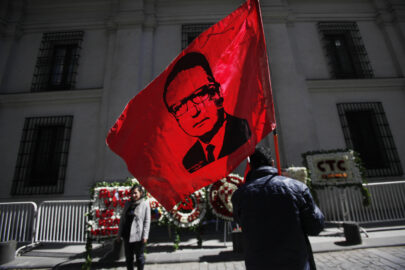
You need to be a supporter to comment.
There are currently no responses to this article.
Be the first to respond.